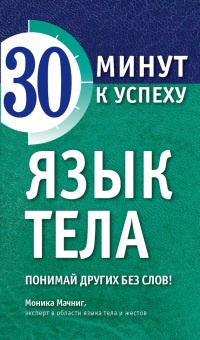Книга Нейропсихологический анализ патологии мозолистого тела - Мария Ковязина
Читать книгу Нейропсихологический анализ патологии мозолистого тела - Мария Ковязина полностью.
Шрифт:
-
+
Интервал:
-
+
Закладка:
Сделать
Перейти на страницу:
Перейти на страницу:
Книги схожие с книгой «Нейропсихологический анализ патологии мозолистого тела - Мария Ковязина» от автора - Мария Ковязина:
Комментарии и отзывы (0) к книге "Нейропсихологический анализ патологии мозолистого тела - Мария Ковязина"








